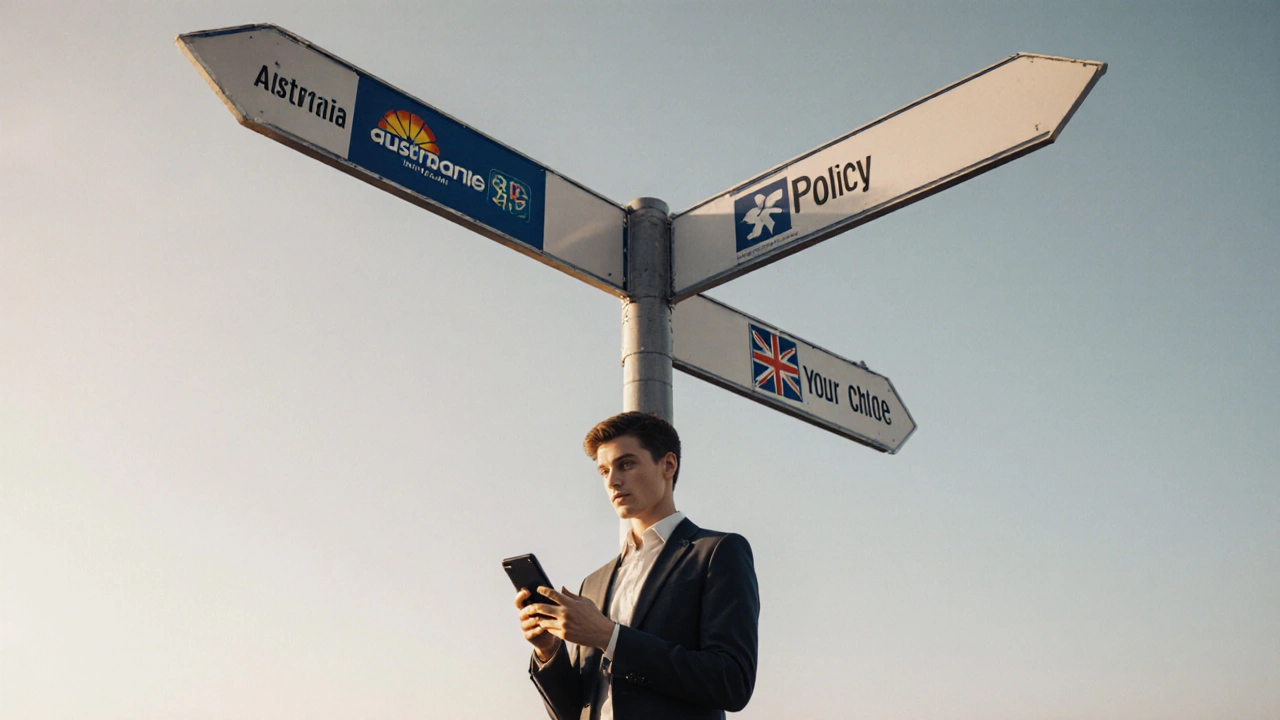No-Claims Bonus – Turn Claim‑Free Driving into Lower Premiums
When you hear No-Claims Bonus, a discount on your car insurance premium earned by staying claim‑free for a set period. Also known as NCB, it can shave a huge chunk off the amount you pay each year. no-claims bonus isn’t a magic trick; it’s simply the insurer rewarding a clean driving record.
To understand why the discount matters, you need to see it in the context of Car Insurance, a contract that covers damage to your vehicle, third‑party injuries, and liability claims. The premium you pay is based on the insurer’s view of risk, and the biggest risk reducer is a long streak of no claims. That’s where Claims History, the record of any insurance claims you’ve filed in the past comes in. Every time you file a claim, the insurer sees a higher probability that you’ll claim again, which knocks down your bonus percentage.
But it’s not just about what you’ve claimed. Your Driving Record, the log of traffic violations, accidents, and license points also feeds the risk model. A spotless record boosts the chance you’ll keep your NCB intact, while tickets or at‑fault accidents can reset the clock. Insurers use a combination of Risk Assessment, statistical analysis that predicts the likelihood of future claims and the NCB to set your final price.
How the No-Claims Bonus Grows and How You Keep It
Most UK insurers start you off with a 0% discount in your first year. After one claim‑free year you might earn a 30% discount, after two years 35%, and so on, capping anywhere between 50% and 75% depending on the provider. The key attributes here are:
- Eligibility Period: The number of consecutive years you must stay claim‑free.
- Discount Rate: The percentage reduction applied to the base premium.
- Transferability: Whether you can move your earned NCB to a new insurer without losing years.
If you make a claim, the clock typically resets to zero, and you lose the accumulated discount. Some policies offer a “protected” NCB for an extra fee, letting you keep a portion of the discount after a single claim. That protection is an attribute many drivers overlook until it’s too late.
Another practical tip: keep documentation of any minor claims you handle yourself. If you settle a fender‑bender out of pocket, it won’t appear on your official claims history, preserving your NCB. Conversely, reporting every bump to the insurer, even if you pay the deductible, will count as a claim and erode the discount.
When you decide to switch insurers, ask about the “NCB transfer”. Most companies will honor your earned years, but the exact percentage may differ. Some use a sliding scale – for example, a 5‑year NCB might become a 4‑year equivalent with a new provider. Knowing the transfer rules helps you avoid losing hard‑earned savings.
Finally, watch out for policy exclusions that can sneakily affect your NCB. Certain add‑ons, like roadside assistance or legal protection, may have separate claim processes that don’t touch the NCB, while comprehensive claims do. Read the fine print, because a tiny clause could reset your discount without you realizing it.
All these pieces – eligibility period, discount rate, transferability, and claim protection – tie together in the insurer’s pricing formula. The formula looks something like: Base Premium × (1 – NCB % / 100) = Final Premium. When you add a protected NCB fee, the cost of that fee might be less than the premium you’d lose from a single claim, making it a smart trade‑off for high‑risk drivers.
Now that you know how the no‑claims bonus works, you can spot the best ways to keep it growing. Below you’ll find articles that dig deeper into specific scenarios – from protecting your NCB after a minor accident to transferring it between insurers – plus tools to calculate how much you could save. Keep reading to turn that clean driving record into real money in your pocket.

Can You Switch Insurance Companies Frequently? Risks, Rules & Tips
Discover the pros and cons of frequently changing insurers, how it affects premiums and discounts, legal rules in Australia, and safe strategies for switching.





